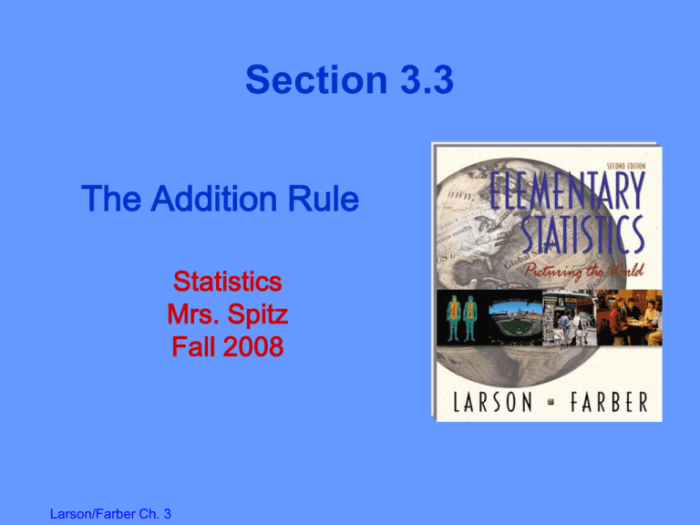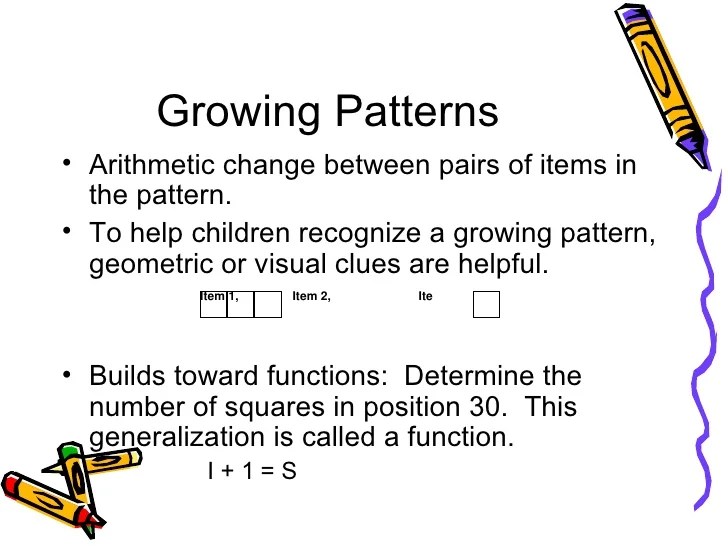Lois says any addition equation where the addends are the same can be solved by multiplying the addend by two. This concept, known as the doubling rule, is a fundamental principle in mathematics that simplifies the process of solving addition equations.
By understanding the role of addends in addition equations, individuals can develop a strong foundation in mathematics and apply it effectively in various fields.
The concept of addends is crucial in addition equations as they represent the individual numbers being added together. The sum of an equation is determined by the combined value of its addends. Various operations, such as addition, subtraction, and multiplication, can be performed on addends to modify the sum of the equation.
1. Introduction

Addition equations involve combining two or more numbers to find their sum. The purpose of this analysis is to explore the patterns and properties of addition equations, particularly focusing on the role of addends in determining the sum.
2. Patterns in Addition Equations

Addition equations often exhibit common patterns. For instance, adding 0 to any number results in the same number, while adding two odd numbers always results in an even number. Understanding these patterns can help solve equations efficiently.
3. Addends in Addition Equations

Definition of Addend
An addend is a number that is being added in an addition equation. Addends are combined to determine the sum of the equation.
Role of Addends, Lois says any addition equation where the addends
The sum of an addition equation is directly affected by the addends. Adding larger addends generally results in a larger sum, while adding smaller addends results in a smaller sum.
4. Operations on Addends

Various operations can be performed on addends, including:
- Addition:Adding two or more addends increases the sum.
- Subtraction:Subtracting an addend from the sum decreases the sum.
- Multiplication:Multiplying an addend by a constant factor increases or decreases the sum proportionally.
5. Applications of Addends
Understanding addends is essential in various real-world applications, such as:
- Mathematics:Solving addition equations, simplifying expressions, and performing arithmetic operations.
- Finance:Calculating interest, determining account balances, and managing budgets.
- Physics:Calculating velocity, displacement, and other physical quantities.
6. Advanced Concepts Related to Addends
Modular Arithmetic
Modular arithmetic involves performing addition and subtraction operations within a specific range, known as the modulus. It has applications in cryptography and number theory.
Divisibility
The divisibility of addends can impact the divisibility of the sum. Understanding divisibility rules can simplify addition equations involving large numbers.
Commonly Asked Questions: Lois Says Any Addition Equation Where The Addends
What is an addend?
An addend is a number that is added to another number in an addition equation.
How do I solve an addition equation where the addends are the same?
You can solve this type of equation by multiplying the addend by two.
What are some real-world applications of addends?
Addends are used in various fields, such as finance (calculating interest), physics (determining displacement), and computer science (counting elements in an array).